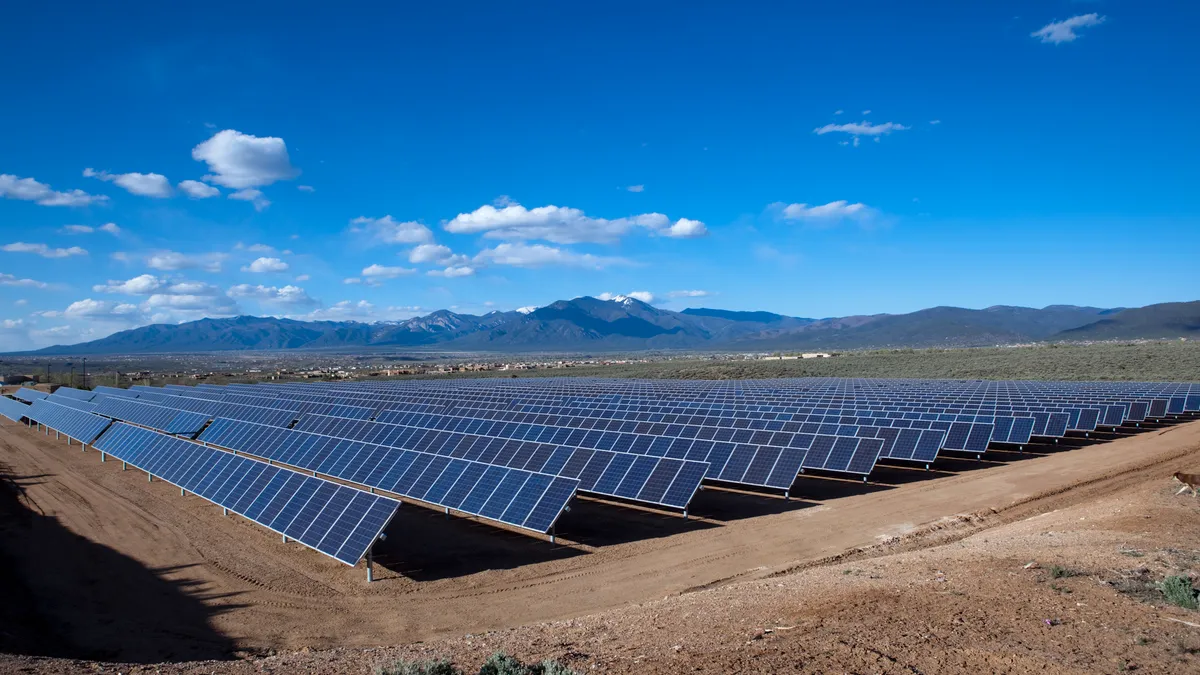Dive Brief:
-
Average solar power purchase agreement prices across North America fell 1% to $49.09/MWh during the second quarter of 2023, following three years of steady and often steep price increases, according to a report released July 17 by LevelTen Energy, which operates a PPA marketplace.
-
Prices for wind PPAs continue to increase amid dwindling project availability, according to LevelTen. The Q2 report did not include data for wind PPAs in PJM because the number of wind projects seeking buyers fell below LevelTen’s threshold for inclusion.
-
Other data — including the increased flow of solar modules through U.S. customs — suggest the market has begun to stabilize, Gia Clark, senior director of developer services at LevelTen, said. However Clark said she did not believe prices will return to pre-COVID norms.
Dive Insight:
Solar prices appear to be approaching a new normal following years of upheaval triggered by COVID and international trade disputes. But sizable interconnection challenges may be part of that normal — which won’t look like the low-cost environment developers and renewable energy buyers enjoyed in 2019 before the pandemic began, Clark said.
The 1% price decline for solar PPAs is actually larger than it appears, Clark said. The numbers are skewed by a 14% price jump in the Electric Reliability Council of Texas region, which continues to experience instability as a result of legislative activity in Texas, Clark said. The number of solar panels entering the U.S. through customs has also begun to increase, and developers are beginning to incorporate aspects of the Inflation Reduction Act into their offers on the LevelTen marketplace — all signs that solar markets are, for the most part, beginning to stabilize.
“Some prices continue to go up and down, but I am hopeful that they won’t be massive swings like we have seen over the past three years,” Clark said.
But interconnection backlogs remain a significant challenge for renewable energy developers, and particularly for wind projects, which tend to be larger and less flexible, according to the report. Limited supply — and increasing demand from large energy buyers looking to round out their portfolios — drove wind PPA prices up 13% during the second quarter. Regarding the lack of price data for wind projects in PJM, LevelTen said there were so few wind PPAs available that publishing the data could have compromised the anonymity of individual project developers. PJM has experienced particularly difficult interconnection delays and temporarily stopped reviewing new interconnection applications amid queue reform efforts.
Meanwhile, demand for renewable energy continues to grow amid ongoing electrification and now, rising demand from data centers supporting artificial intelligence, Clark said. Between demand for renewable energy and the cost of producing more solar panels domestically, Clark said she did not anticipate that PPA prices will decrease significantly in the near future.














